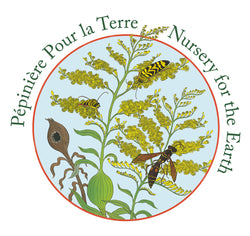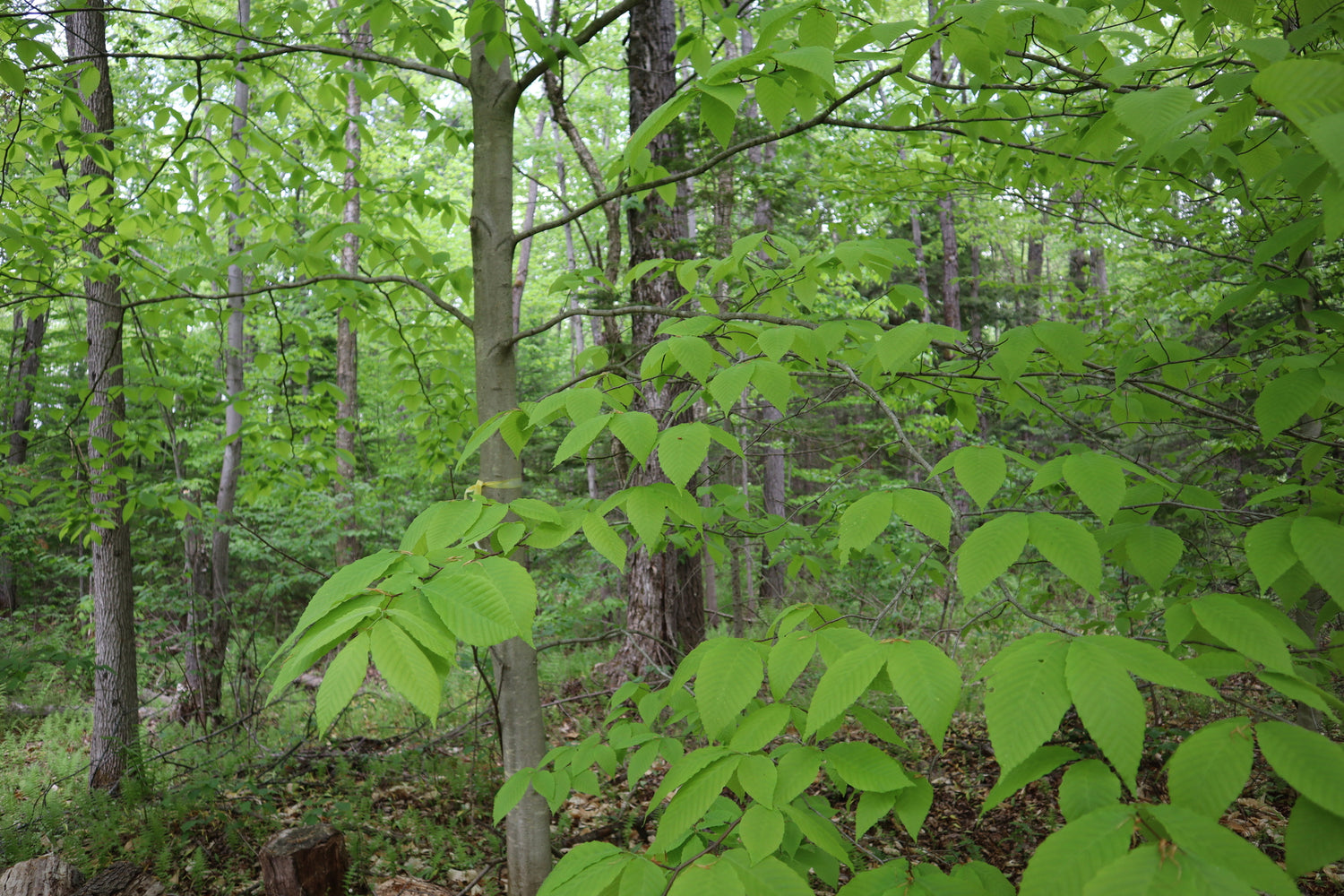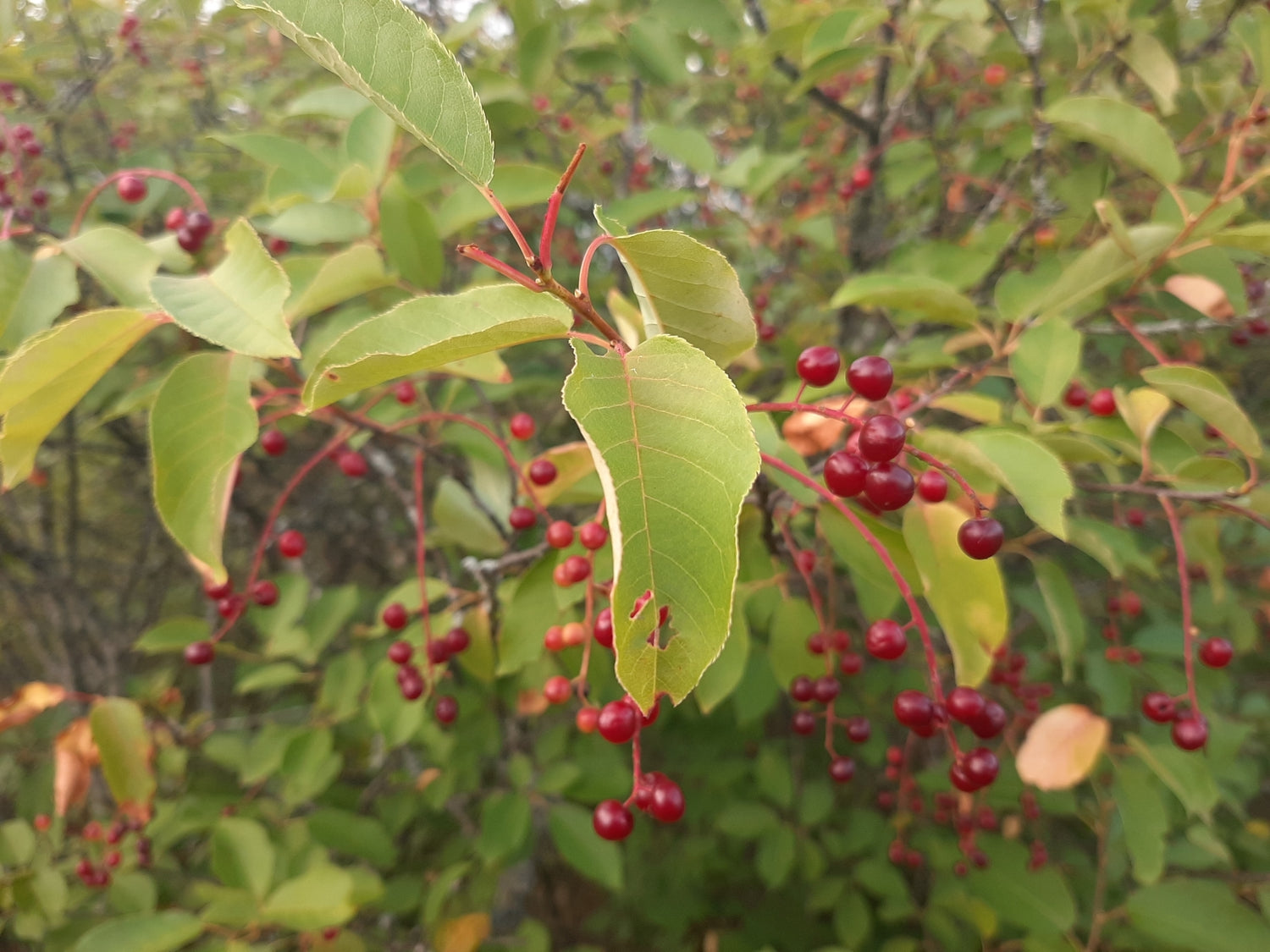Nursery for the Earth
Abies balsamea (Fr: Sapin baumier | En: Balsam fir)
Couldn't load pickup availability
Balsam Fir
Abies balsamea
Alternative names: Balsam of Canada, Canada Balsam Fir
French: Sapin baumier
Balsam Fir is best known as the classic Christmas tree, prized for its dense, aromatic foliage, excellent needle retention, and symmetrical shape. Its soft, fragrant needles and compact form have made it the most popular holiday tree in Canada and much of North America.
That signature scent comes from the “balsam,” or oleoresin, found in blisters on the bark. This aromatic resin has many traditional and industrial uses. In fact, Canada balsam, a refined product from this resin, was historically used in microscopy and optics as a transparent mounting medium and lens adhesive due to its clarity and refractive properties.
The term balsam traces its roots to Semitic languages like Arabic and Hebrew, meaning “spice” or “perfume,” and was originally used to describe rare perfumed resins like the Balm of Gilead from Commiphora gileadensis. Over time, the term expanded to include many aromatic tree resins, such as frankincense and myrrh. (Balsamic vinegar, by contrast, contains no balsam—it was named for its supposed curative effects.)
In the Ottawa Valley, balsam is also produced by Balsam Poplar and certain willows, making Balsam Fir part of a broader family of aromatic native plants.
Landscaping & habitat
Despite its cultural significance, Balsam Fir remains underused in landscaping. It is shade tolerant, grows in a range of soils, and prefers cool, moist conditions. Its shallow root system makes it more susceptible to windthrow when planted alone—but this risk can be mitigated by planting it in groups or mixed stands, which also enhances ecological value.
Share











